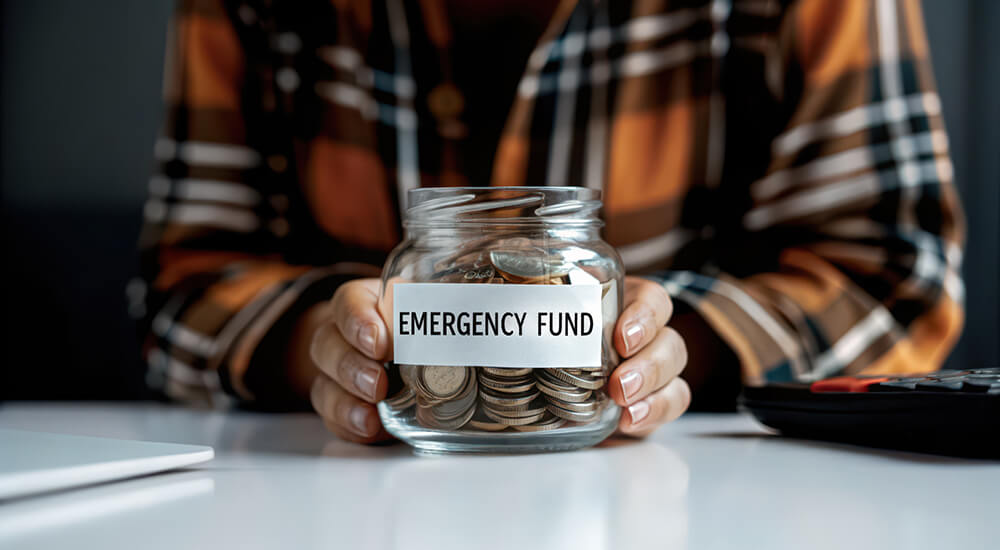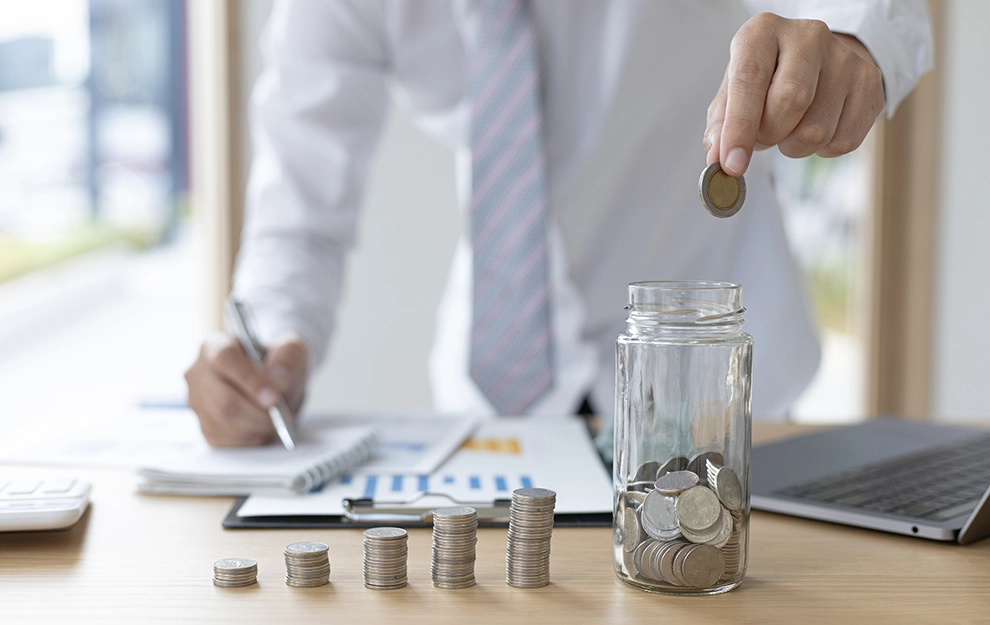Welcome to our new domain: sbical.bank. Please update your bookmarks accordingly.

19th Nov 2025Reading Time: 5 Minutes
Life doesn’t always give you a heads-up. One day, everything’s fine—the next, your car won’t start, your job takes an unexpected turn, or a whopping medical bill lands in your lap. When these surprises hit, having an emergency fund can mean the difference between staying calm and dealing with expenses or panicking while falling into debt. Yet, for many, setting up and building that financial cushion feels confusing or out of reach if you don't know where to start.
In this guide, you’ll learn what an emergency fund is, why it matters, and the practical steps you can take today to start growing your emergency savings—no jargon, no fluff, just real steps you can follow.
An emergency fund, also called an emergency savings fund, is money you set aside specifically for unexpected events—think job loss, medical emergencies, urgent home repairs, or surprise travel needs. Emergency fund definition in simple terms: It’s a backup plan for your money needs. This isn’t your regular savings for day-to-day expenses, vacations, or shopping. It’s a financial safety net meant to cover three to six months’ worth of living expenses.
Here is why having an emergency savings fund is smart:
It is never “too late” to start building your contingency fund if you adopt the right tools and habits.
Let’s keep this practical. These habits are doable, even if you are starting with just $10.
Don’t save blindly. Know your number—how much do you need for three to six months of living expenses? Break it down monthly or weekly so it doesn’t feel overwhelming. Start with any amount, say—$25 or $50 per month. Be consistent in depositing the amount. You can increase it as your income grows.
Think of this fund as your financial armor—keep it in a separate, secure account rather than mixing it with your everyday spending. This separation allows you to resist the temptation to use it for nonemergency purchases so you stay focused, and the money is there when you truly need it.
Every month, pay your emergency fund just like you would rent or utilities. Set up automatic transfers to an online savings account. Why an online savings account? It can give you better interest rates than regular accounts, and is slightly out of reach, which helps you avoid the temptation to spend. You can also park your funds in a high-yield savings account as it not only offers safety, growth, and easy access— but it is low-risk and protected by FDIC insurance, making it ideal for building and maintaining a reliable emergency fund. Some accounts might waive off minimum monthly requirements if the holders meet certain conditions.
Building your emergency fund doesn’t mean you have to deposit a large sum all at once. In fact, contributing smaller, regular amounts (monthly or weekly) is often more effective. The goal of an emergency fund is to create financial security, not to put your retirement plans and other major expenses on hold. Balancing both will help you achieve a secure present and a stable future.
Pick one small thing to cut—maybe a monthly subscription you don’t use or eating out once less per week—and put that money in your emergency fund. Small cuts can add up faster than you think.
Got a tax refund? A bonus? A gift? Instead of spending it all, stash a portion into your emergency fund. It’s one of the easiest ways to boost your savings without hurting your budget.
Use a chart, a savings app, or even a sticky note tracker to watch your progress. Seeing your emergency fund grow makes saving feel rewarding and real. It keeps you motivated, especially in the early months when growth feels slow.
Life changes—so should your emergency savings. For instance, if your rent has increased, you've added a dependent, or your monthly bills have gone down—review and adjust your savings target accordingly
Every time you hit a goal—like your first $500 or save enough to cover your month’s worth of expenses—give yourself a small (budget-friendly) treat. Positive reinforcement works! It turns saving into something you enjoy, not something you dread.
Also read: What is an ACH Transfer and How Do They Work?
At State Bank of India (California), we offer products and services to help you grow your funds and emergency savings, whether you're just starting or already have some money saved.
Here’s how SBIC makes saving simple:
Emergency funds aren’t just for people with a lot of money—they’re for anyone who wants peace of mind. The sooner you start, the safer you’ll feel. Review the above list and choose the tools that best fit your needs. It doesn’t have to be perfect—it just has to be a start.
So, are you ready to build your emergency savings with help from a bank that understands your journey?

Manage your money with ease using SBI California’s personal checking accounts. Enjoy secure online banking, debit card access, and easy remittances to India. Open an account today and simplify your banking needs!

Start saving for retirement with competitive rates and tax benefits. Choose a Traditional or Roth IRA and grow your wealth with confidence. Visit us today to open your account!

Earn more on your savings with a SBIC Certificate of Deposit (CD) bank account. Get fixed returns, competitive rates, and zero market risk. Open a CD bank account today and maximize your earnings safely!

Transfer money to friends, family, or service providers using email or phone numbers. With real-time processing and top-tier security, People Pay makes everyday payments fast, safe, and hassle-free.
Copyright © State Bank of India, California 2025, All Rights Reserved.